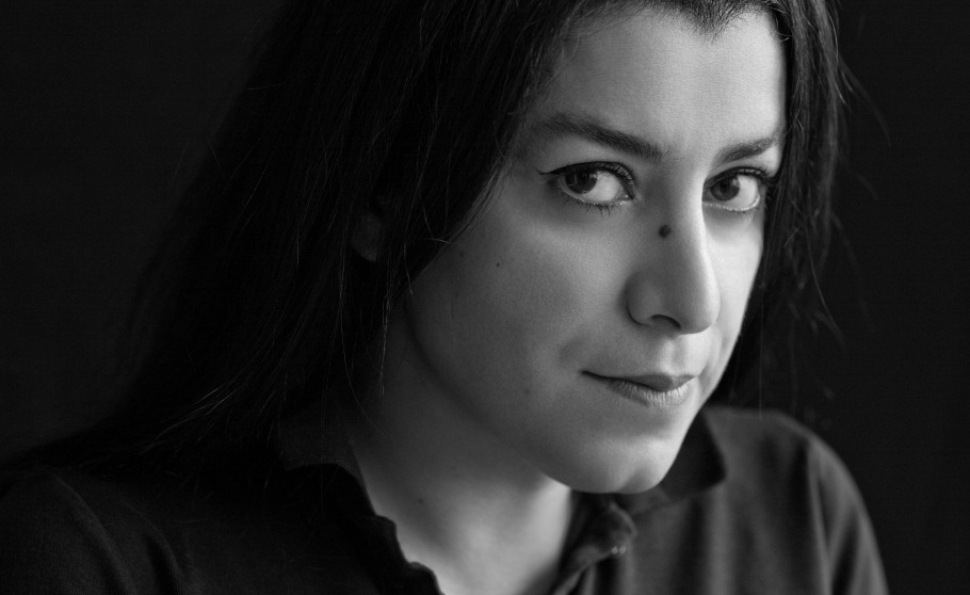


Marjane Satrapi’s Persepolis is an important look at modern Iranian history, the people caught in the political struggles, and an empowering look at feminism and finding yourself amidst the bombs, oppression, and cultural clashes of the world. Easily one of the best graphic novels-and books in general-I have ever read and I have just finished it for a second time after making my book club read it this month. This should be required reading, I want to pass out copies of this book on street corners. Satrapi then moved to Strasbourg, France. She married him at the age of 21, but divorced roughly three years later. She studied Visual Communication, eventually obtaining a Master's Degree from Islamic Azad University in Tehran.ĭuring this time, Satrapi went to numerous illegal parties hosted by her friends, where she met a man named Reza, a veteran of the Iran-Iraq War. After an almost deadly bout of pneumonia, she returned to Iran.


According to her autobiographical graphic novel, Persepolis, she stayed in Vienna through her high school years, staying in friends' homes, but spent three months living on the streets. There she attended the Lycée Français de Vienne. In 1983, at the age of 14 Satrapi was sent to Vienna, Austria by her parents in order to flee the Iranian regime. There's nothing extremely special about that." She added that due to this detail, most Iranian families would be, in the words of Simon Hattenstone of The Guardian, "blue blooded." If you multiply these kids by generation you have, I don't know, 10-15,000 princes. Satrapi said that "But you have to know the kings of the Qajar dynasty, they had hundreds of wives. Satrapi's family are of distant Iranian Azeri ancestry and are descendants of Nasser al-Din Shah, Shah of Persia from 1848 until 1896. According to Persepolis, one Scud hit the house next to hers, killing her friend and entire family. She experienced an Iraqi air raid and Scud missile attacks on Tehran. She attended the Lycée Français there and witnessed, as a child, the growing suppression of civil liberties and the everyday-life consequences of Iranian politics, including the fall of the Shah, the early regime of Ruhollah Khomeini, and the first years of the Iran-Iraq War. Satrapi grew up in Tehran in a family which was involved with communist and socialist movements in Iran prior to the Iranian Revolution. Apart from her native tongue Persian, she speaks English, Swedish, German, French and Italian. Marjane Satrapi (Persian: مرجان ساتراپی) is an Iranian-born French contemporary graphic novellist, illustrator, animated film director, and children's book author.


 0 kommentar(er)
0 kommentar(er)
